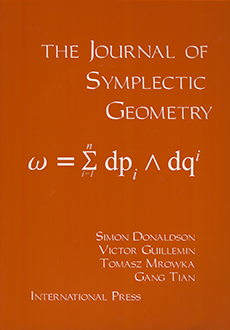Articles
Hisashi Kasuya
Marius Crainic, Ioan Mǎrcuţ
Matthew B. Day
Yong-Guen Oh, Ke Zhu

